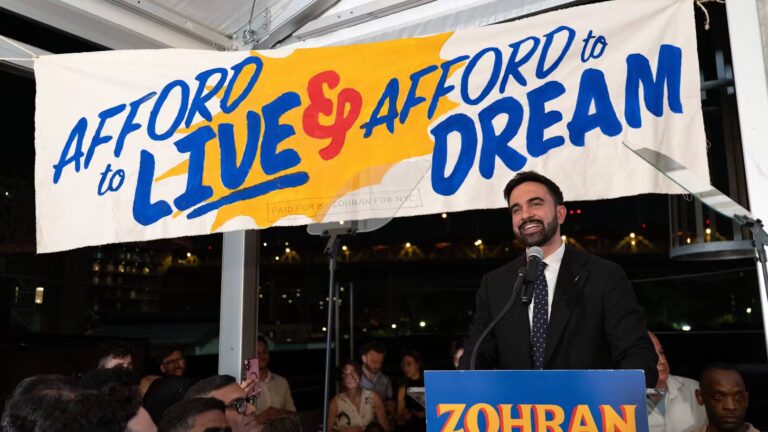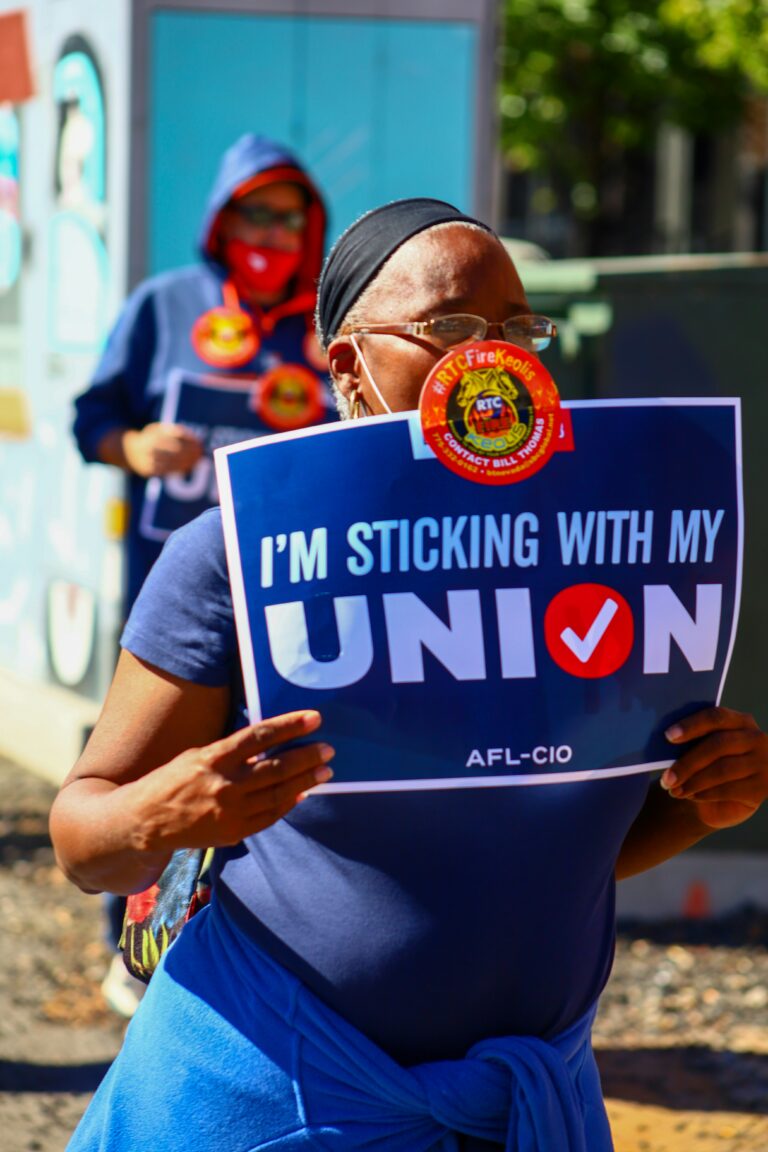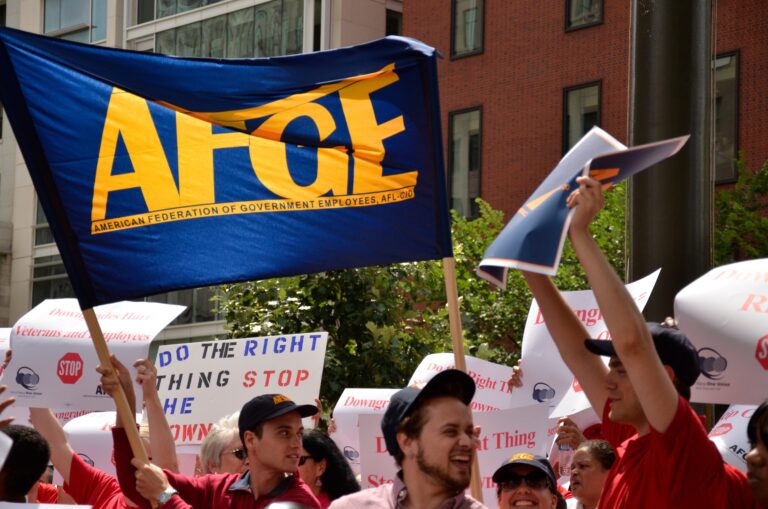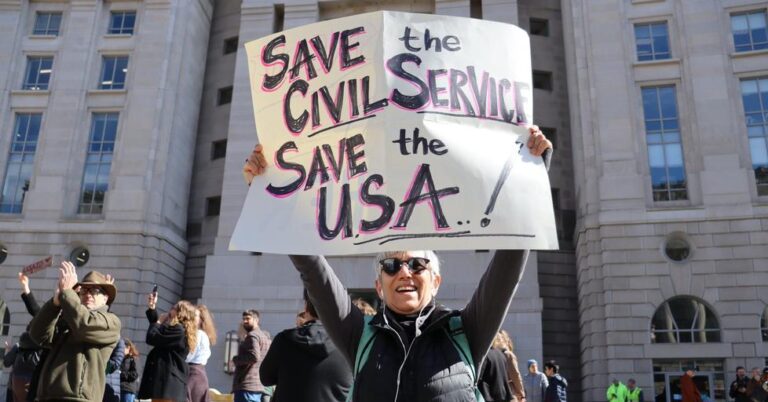Maddy Joseph is a student at Harvard Law School.
An amicus filed on Friday in Janus and based on Ben’s new article Agency Fees and the First Amendment, 131 Harv. L. Rev. 1046 urges the Court to reject Janus’s challenge on the ground that it does not raise a valid First Amendment claim. The amicus argues that mandatory agency fees should be treated not as compelled employee speech but as payments from employers to unions that merely pass-through employee pay checks. As Ben points out in his article, and as the brief argues, payments that flow through an intermediary on their way from an originator to an ultimate recipient are treated — under First Amendment caselaw — as payments from the originator to the recipient, not as payments by the intermediary.
Current agency fee jurisprudence assumes that agency fees are employees’ money that is paid by employees to unions. Although employees do receive funds from their employers earmarked for agency fees, the NLRA and state equivalents allow agreements that require those funds to be paid to the union. Indeed, as the amicus points out, under Illinois’s system, agency fees are diverted to the union before the fees are even deposited in the employee’s account.
First Amendment cases involving pass-through regimes like this attribute payments to the entity that has a “genuine choice” over where the payment is directed. For example, in Zelman v. Simmons-Harris, 536 U.S. 639 (2002), the brief explains, “the government paid tuition subsidies to parents” that eventually went to religious schools, but these payments were not attributed to the government (and thus posed no First Amendment problem) because “the parents were permitted to choose where they spent those subsidies.” On the other hand, where families lack “genuine choice” over where to direct those payments, the fact that payments pass through the families’ hands en route from government to school is constitutionally irrelevant. In those cases, the payments are treated as a “program of direct aid” flowing from the government to the schools.
Following these cases, the amicus argues, agency fees should be attributed not to employees but to the government employer for First Amendment purposes. Although agency fees do pass through employee paychecks en route from employer to union, the employee has no choice but to divert the funds to the union. Instead, the state is the entity with the choice about where agency fee money goes. As a result, the amicus concludes, the Supreme Court’s cases require that agency fees be attributed to the state employer and not to the employee for First Amendment purposes. And payments from a state to a union create no First Amendment problems for employees like Janus.
The brief, authored by Joseph Sellers and Miriam Nemeth (Cohen Millstein Sellers & Toll), is available here. Ben’s article is available here.










Daily News & Commentary
Start your day with our roundup of the latest labor developments. See all
December 5
Netflix set to acquire Warner Bros., Gen Z men are the most pro-union generation in history, and lawmakers introduce the “No Robot Bosses Act.”
December 4
Unionized journalists win arbitration concerning AI, Starbucks challenges two NLRB rulings in the Fifth Circuit, and Philadelphia transit workers resume contract negotiations.
December 3
The Trump administration seeks to appeal a federal judge’s order that protects the CBAs of employees within the federal workforce; the U.S. Department of Labor launches an initiative to investigate violations of the H-1B visa program; and a union files a petition to form a bargaining unit for employees at the Met.
December 2
Fourth Circuit rejects broad reading of NLRA’s managerial exception; OPM cancels reduced tuition program for federal employees; Starbucks will pay $39 million for violating New York City’s Fair Workweek law; Mamdani and Sanders join striking baristas outside a Brooklyn Starbucks.
December 1
California farmworkers defend state labor law, cities consider requiring companies to hire delivery drivers, Supreme Court takes FAA last-mile drivers case.
November 30
In today’s news and commentary, the MSPB issues its first precedential ruling since regaining a quorum; Amazon workers lead strikes and demonstrations in multiple countries; and Starbucks workers expand their indefinite strike to additional locations. Last week, the Merit Systems Protection Board (MSPB) released its first precedential decision in eight months. The MSPB had been […]